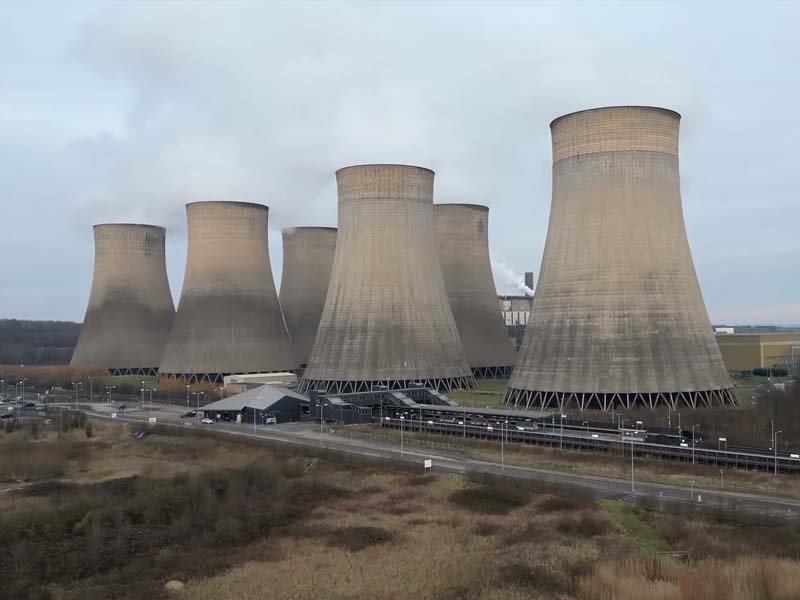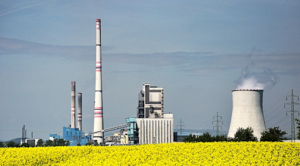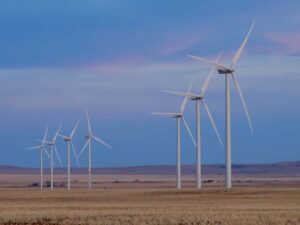As the world continues to prioritize sustainable energy practices and combat climate change, power station upgrades and retrofits have emerged as critical strategies. Many power stations worldwide are reaching the end of their operational lifespan, presenting challenges for meeting energy demands efficiently and sustainably.
In this article, we will explore the importance of upgrading and retrofitting aging power facilities to extend their life, improve efficiency, reduce emissions, and enhance overall grid stability.
Assessing the Need for Upgrades and Retrofits
Aging power station infrastructure is susceptible to wear and tear, leading to decreased performance and operational inefficiencies. Signs of aging may include reduced power generation capacity, increased maintenance requirements, and rising safety risks. By conducting comprehensive assessments, power operators can identify critical areas for upgrades and retrofits, ensuring the continued reliability of power supply.
Technology Advancements for Improved Efficiency
Advances in technology offer promising opportunities for upgrading power stations. By modernizing key components such as turbines, generators, and control systems, operators can significantly improve energy conversion efficiency. Automation and digitalization play crucial roles in optimizing power station operations, enabling remote monitoring and predictive maintenance to enhance performance and reduce downtime.
Environmental Upgrades and Emission Reduction
Retrofitting emission control systems in aging power stations is crucial to meet stringent environmental regulations. Installing technologies for reducing sulfur dioxide (SO2), nitrogen oxides (NOx), and particulate matter emissions can significantly minimize the station’s environmental footprint. Additionally, exploring cleaner fuel options and adopting fuel flexibility can contribute to emission reduction and sustainability.
Enhancing Grid Integration and Flexibility
Upgraded power stations can play a vital role in enhancing grid stability and reliability. Strengthening transmission and distribution infrastructure ensures efficient power delivery to end consumers. Power factor correction and demand-response capabilities enable power stations to respond dynamically to fluctuations in energy demand, improving overall grid flexibility.
Addressing Structural Integrity and Safety
Maintaining the structural integrity and safety of aging power stations is paramount. By conducting structural assessments and implementing necessary upgrades, operators can safeguard against potential hazards and ensure the well-being of personnel and surrounding communities. Seismic upgrades and disaster preparedness measures help minimize risks during natural disasters or unforeseen events.
Sustainable Upgrades and Renewable Integration
Power station upgrades can align with sustainability goals by integrating renewable energy sources. Retrofitting power stations for co-firing or biomass conversion allows them to generate energy using cleaner and more sustainable resources. Hybrid power station solutions, combining traditional and renewable energy generation, contribute to a diversified and resilient energy mix.
Economic and Financial Considerations
While power station upgrades can involve substantial investments, conducting a thorough cost-benefit analysis reveals their long-term value. By evaluating the return on investment and operational savings, stakeholders can make informed decisions regarding upgrades versus building new facilities. Securing financing and funding options, such as public-private partnerships and incentive programs, supports the economic feasibility of retrofitting projects.
Case Studies of Successful Power Station Upgrades
Real-world examples of successful power station upgrades and retrofits showcase the positive impacts on energy efficiency, emissions reduction, and economic viability. Case studies highlight how various strategies have extended the operational life of aging facilities, providing valuable insights and best practices for other similar projects.
Overcoming Challenges and Risks
Power station upgrades and retrofits come with their share of challenges, including technical complexities, logistical considerations, and regulatory compliance. By identifying potential obstacles and proactively addressing them, project teams can mitigate risks and ensure smoother implementation.
Regulatory and Policy Implications
Governments and regulatory bodies play a crucial role in supporting power station upgrades through incentives and policies. Favorable regulations can encourage investments in sustainable upgrades, creating a conducive environment for transitioning to cleaner energy solutions.
Future Prospects and Sustainability
Power station upgrades and retrofits are central to the energy transition, extending the life of existing infrastructure while facilitating the integration of renewable energy. As technology continues to advance, the prospect of hybrid and flexible power generation solutions holds promise for a sustainable and resilient energy future.
Summary
Power station upgrades and retrofits are essential strategies for meeting energy demands, reducing emissions, and fostering a sustainable energy landscape. By harnessing technological advancements, embracing renewable integration, and adhering to stringent environmental standards, aging power facilities can continue to play a pivotal role in supporting global energy needs while minimizing their impact on the environment.
Collaborative efforts between governments, utilities, and stakeholders are key to driving successful power station upgrades and building a greener energy future for generations to come.


